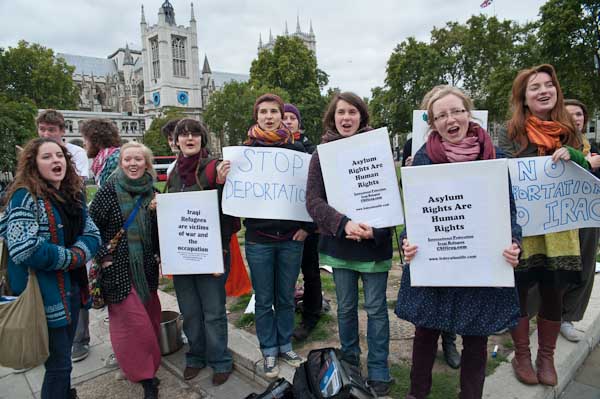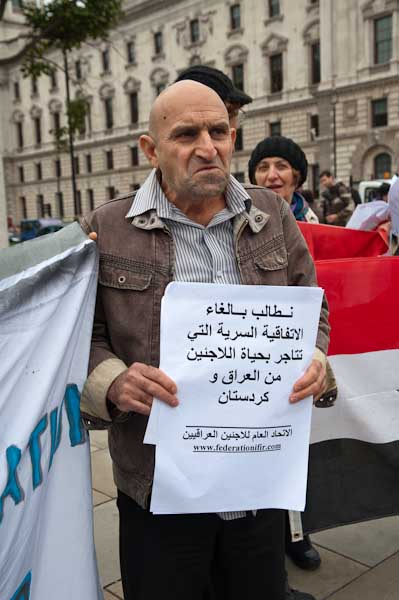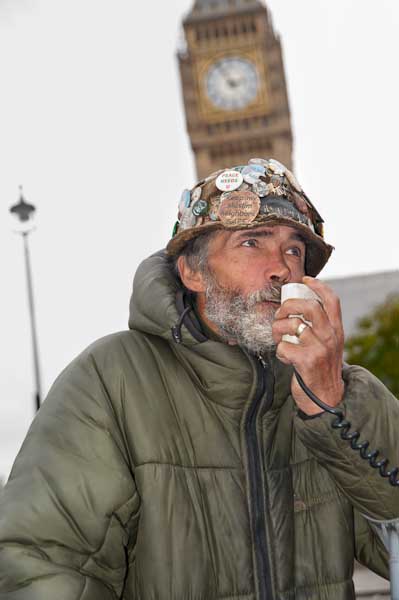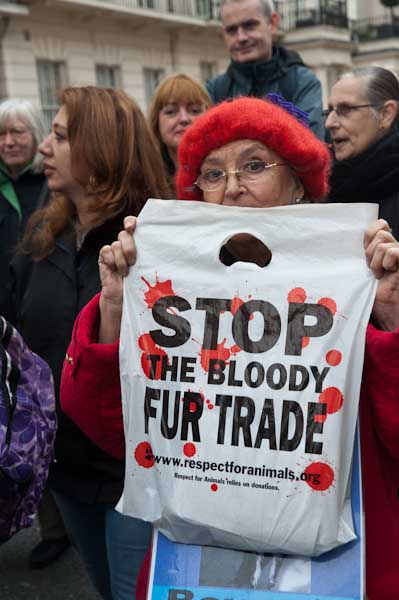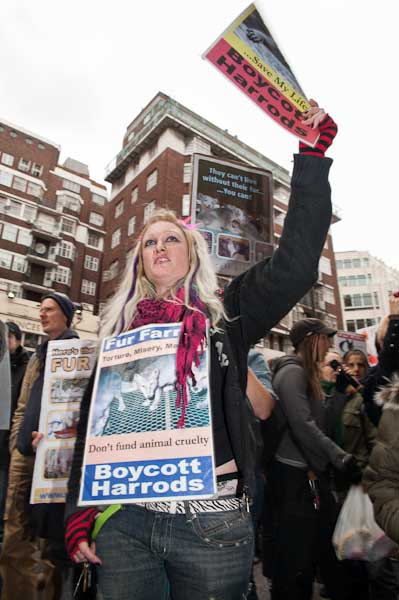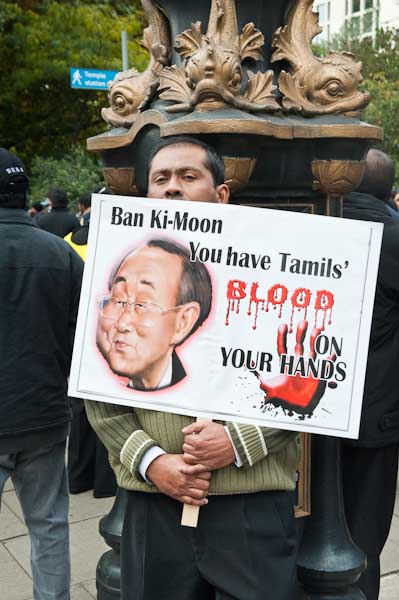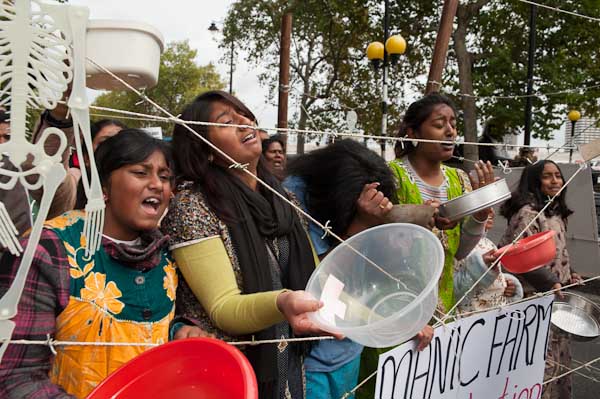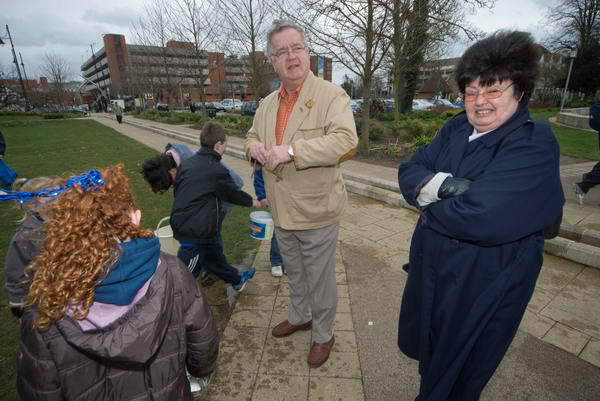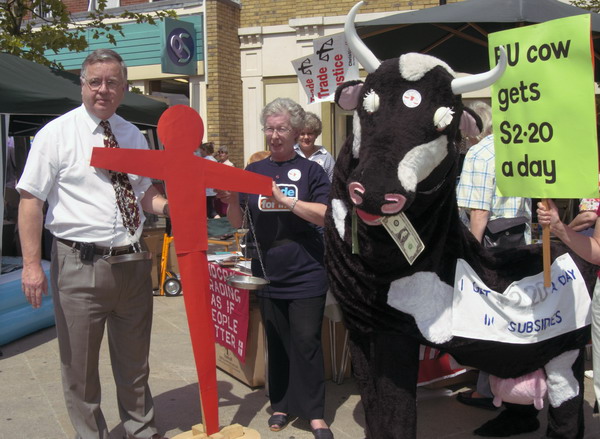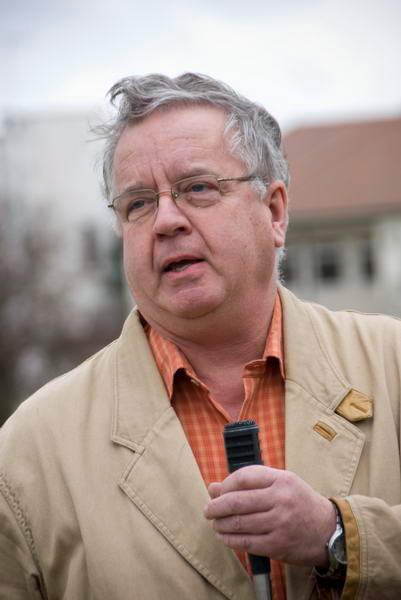Another first for my work tomorrow when it will be projected for the first time by bike power!
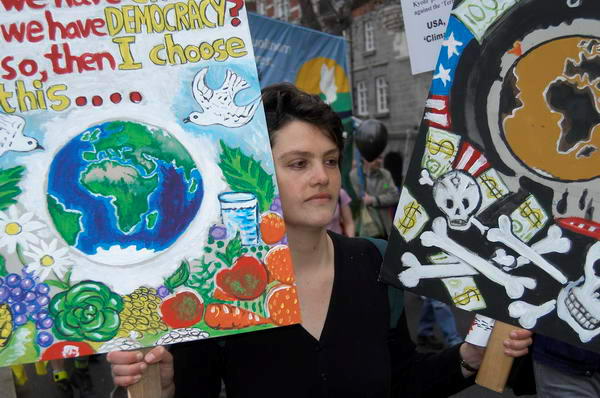
“The nabokov Arts Club returns with another extravaganza of live theatre, music, comedy, poetry and visual art in a vast, atmospheric Victorian warehouse in the heart of Shoreditch … at Village Underground, recently named Top Venue for Wow Factor by Time Out London… the Arts Club will be joining tens of thousands of people from over 150 countries for the biggest ever day of climate change activism. Well be part of a global action coordinated by 350.org to urge world leaders to take bold and immediate steps to address climate change and reduce carbon emissions. Within our solar-powered venue we will have a bicycle-powered art installation showcasing climate change photography…”
Which will include the set of 24 pictures – including the one above – that I put together for Foto Arte 2007 in Brasilia. Just in case you can’t get along to Shoreditch for what looks like a very interesting evening (and I can’t make it myself) you can see the full set of pictures here. As well as showing a number of demonstrations in London there are also some pictures from the Manor Gardens Allotments, which were bulldozed to make way for the London 2012 Olympics – see London Olympics – Green Disaster for my thoughts on that and links to some more pictures.
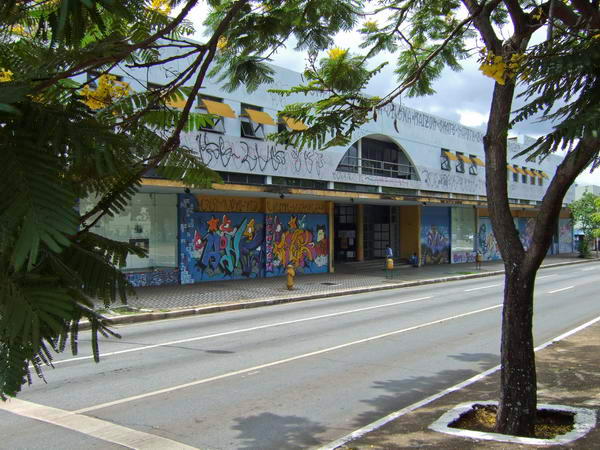
The venue for the Brasilia show – more snaps from my Brasilia trip
The partying in Shoreditch goes on from 8pm until 2am – including an extra hour when we change back from Summer Time to GMT, always a sad moment for those of us who like to photograph out of doors. The people there are going to produce a banner which will be photographed on the rooftop with the City as a backdrop and become part of the 350.org campaign to put pressure on world leaders to actually agree to some effective action at Copenhagen in December.
Village Underground is just a few minutes walk from Hoxton Market, where the exhibition ‘Taken in London‘ with work by myself and Paul Baldesare continues until the end of the month at ‘The Shoreditch Gallery‘ in the Juggler – see Opening Night, Hanging Day and Taken in London for more details. And just before lunch on Sunday, Paul and I will be giving a five minute illustrated presentation on the show as a part of the ‘This is Not A Gateway‘ festival in Hanbury St, Spitalfields, again about a five minute walk away. Things really are all happening in this part of London – and Photomonth 2009 really is keeping photography very much at the heart of them.
